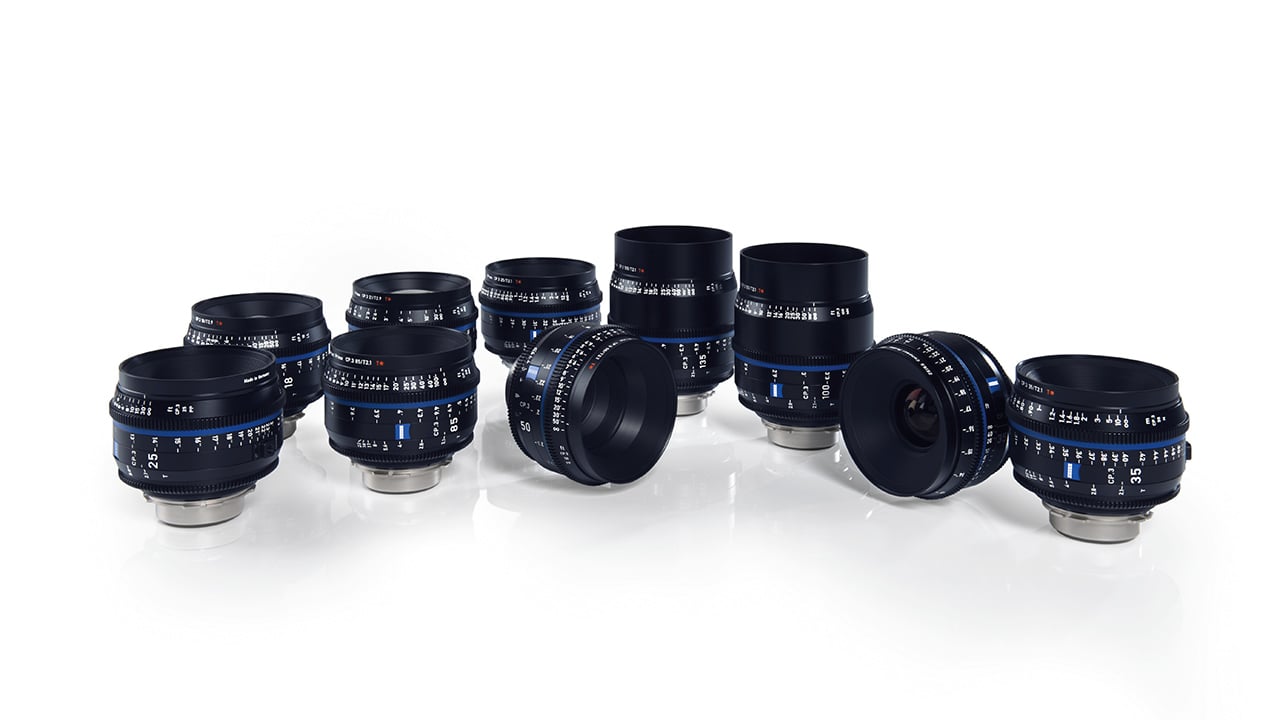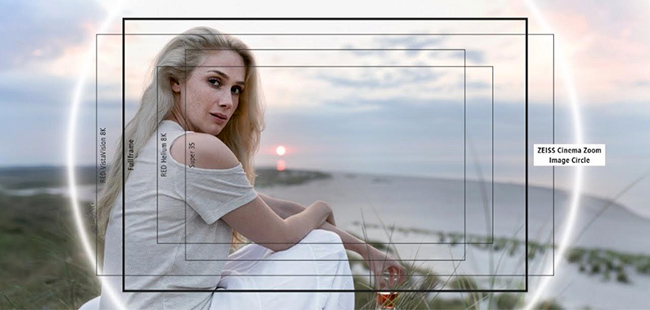
Full-frame lenses aren’t just for wide angles and shallow depth of field. They’re incredibly versatile too.
You have to look very closely to find the important trends in cameras these days. On the surface, there's not much to separate the performance of the top cameras: all approach or surpass the ability of film to capture light in an artistically pleasing way - assuming, of course, that there's a high quality lens in place.
Inside the cameras, it's a different story, with radically differing design philosophies leading to cameras that have their own "personalities".
Lenses are quite separate from the arcane world of analogue to digital conversion and digital signal processing that represent so much a modern cinema camera's characteristics. They exist in the analogue world.
But, far from being an anachronism, this "connects" lenses to the world we live in quite differently to the cameras they're attached to, and that's a good thing.
If all lenses worked with all cameras the world would be an easier place to live in. But that's never been the case and today, now that the transition to digital is all but complete, we have new generations of lenses that are optimised for use with camera sensors rather than film.
But we still have a plethora of sensor sizes.
And not all lenses will work properly with all sensors.
There's a very simple metric that will indicate whether a lens will work with a sensor. It's the diameter of the "image circle".
A lens's image circle is the cross section of the converging light rays from the lens at the point where it hits the camera's sensor. For a flawless picture, the image circle's diameter must be greater than the diagonal measurement of the imaging device. If it's any less, the corners of the image will be duller than the rest of the image. When this occurs it's called "vignetting".
Known and quantifiable vignetting can to some degree be fixed in post but it's best to avoid it in the first place. And the best way to avoid it is to use a lens with a full-frame image circle, or larger – which of course assumes that you’re going to use it with a full-frame sensor.
One very obvious trend right now is towards full-frame sensors. The new Sony Venice camera is perhaps the clearest example of this. With a maximum resolving power of 6K, it's by no means the device with the highest resolution, and yet it is still an exciting camera. Most of the interest revolves around the full frame sensor and the rich, colourful images that it's able to generate. There is a clearly discernible trend towards a holistic approach to camera design, where instead of a single factor like resolution being paramount, users consider the emotional and practical footprint of the entire camera.
ZEISS’ cinema zooms and new compact primes all feature image circles that are suitable for all common sensor sizes including Full Frame (24mm x36mm). The CP.3 Compact Primes are optimised for the characteristics of full frame imaging–and optimises out of focus highlights when shooting with a wide-open aperture.
Some cinematographers love the option for shallow depth of field, and while not all shots call for it, when they do, the quality of the blurred background (the "bokeh") is as important as the quantity. So the new ZEISS CP.3 Compact Primes come with 14 aperture blades for the smoothest backgrounds.
And of course there's a wide range of ZEISS lenses designed for still photography that are also compatible with Full Frame cameras - the "full-frame" designation originally comes from still photography cameras like the Canon EOS 5D series. While these lenses give great results with video cameras, the fact that they can be paired with the new ZEISS lens gears for follow focus systems means that they are ideal for movie makers on a smaller budget.
While full-frame does have its own look, it's important to remember that a lens that supports full-frame also supports smaller frame sizes. Which means that far from being a "specialist" purchase, full-frame lenses are actually the most versatile. Not only will a full-frame lens work across a wide variety of cameras, but will also let you choose smaller frame sizes on your full-frame camera.
Sometimes it makes sense to work with a smaller frame size. If you need a longer focal length, a deeper depth of field, or need to work with a smaller aperture, these are all reasons for choosing a smaller frame size. 6K and 8K cameras will let you crop your picture without losing quality if you're delivering at 4K, and even more so if your work is destined for HD.
There's an additional bonus to using smaller frame sizes: your pictures will be obtained from the centre of the lens: the most accurate part.
ZEISS lenses are ready for the full-frame revolution. There's a huge range, from still photography lenses to ZEISS’ CP.3 Compact Primes and CZ.2 Cinema Zooms. As far as it's possible to be, they're future proof: ready for the cameras you have today, and virtually everything you buy in the future.
To find out more about ZEISS Cine lenses click here.
